An experimental approach is showing – so far – that drones can be an effective means of spreading seed on difficult-to-reach terrain.
On the west coast of Scotland lies Dubh Allt, a 780-acre landholding that had been stripped of its temperate rainforest. Owners Ed Townley and his partner, Becca Worlsey, who purchased the property in 2021, had big plans to turn things around – but challenging terrain meant planting seeds would be difficult to do by hand. And so last year, a drone originally designed to spray pesticide cast a rain of native tree seeds over the land. The results from the experiment have turned out better than they could have hoped for.
Here, Ed speaks with Rewilding about why he decided to try seeding with a drone, what’s next for Dubh Allt, and how the technology could be a gamechanger for forest regeneration in Scotland.
“Over the last few centuries, the woodland of Dubh Allt, on the Moidart peninsula, had been smashed by deer, sheep and invasive rhododendron. Just a strip of birch wood was left, and in poor condition. In 2021, Becca and I bought the land with the aim of saving what remained and expanding this, in ways that would replicate natural processes as closely as possible.
We’d first planned to create ‘seed islands,’ little fenced-off areas planted with trees to act as sources of seed for the rest of the site. Then came a wildfire in 2023 that swept through the whole peninsula. We were on top of the roof of our cabin with spray bottles, the flames only a hundred metres away, when the fire brigade arrived.
It left us shocked. Yet, as the days went by, we re-evaluated. The fire had burned off the buildup of dead grass and bracken across our land, offering a better prospect for direct seeding. But whether we were going to plant saplings or drop seeds, the terrain of Dubh Allt would make it hugely difficult to get people up there to do things by hand. It’s craggy, you can fall down holes, and there are streams and gullies everywhere.
I was already aware of drones being used to fire seeds into the ground for commercial forestry. I wondered if you could adapt this for rewilding. It turned out there was a company which had pioneered exactly that, just a few weeks before I got in touch with them.
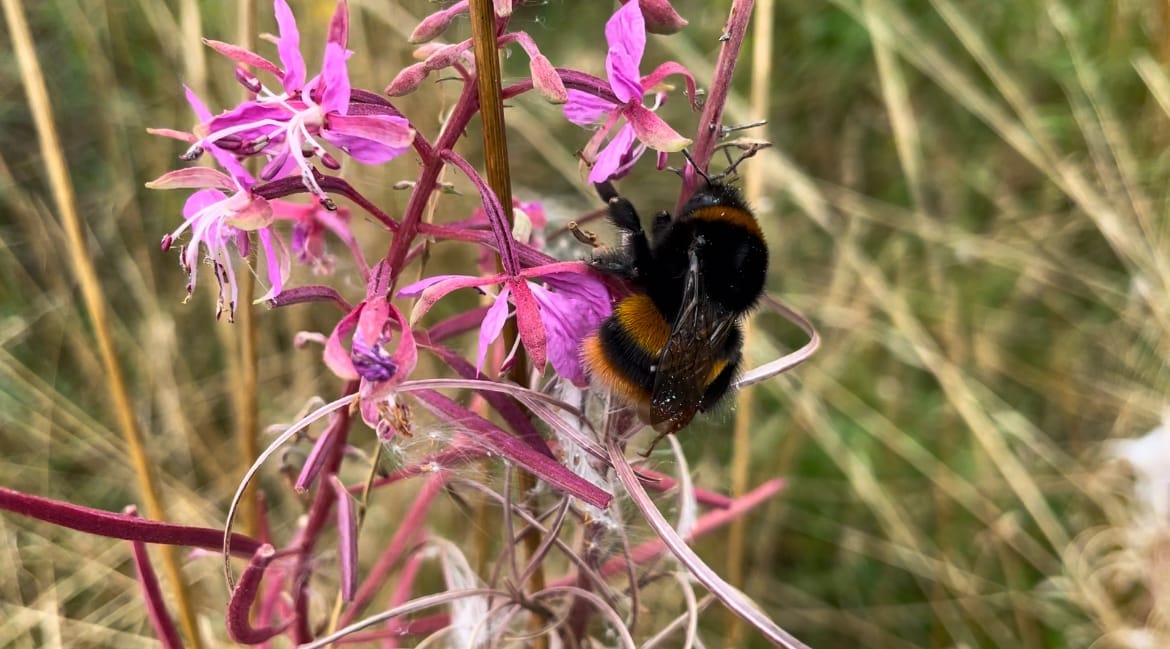
The planning took a year. We couldn’t get a grant from Scottish Forestry because the method was untested. So we had to try it with just seven acres’ worth of our land first, funded by the University of Edinburgh. For the seeds, we chose a mix of six species. Ninety percent was birch, rowan and alder, because they’re cheaper and easier to collect and store. The other 10 percent was aspen, willow and Scots pine. And in April 2024, the drone finally took to the air.
We went through plenty of trial and error. For the drone operators, it was only the second time they’d done it. The landscape forced them to fly the drone much higher than they had before, and this plus the wind affected the accuracy of the drops. We also needed a carrier that would scatter the seeds at a steady rate, so we had to play around with adding sawdust of different granularities to thin the seed mixture. But the drone was an amazing bit of kit. It can carry up to 2.5 kilograms of seed and spray six acres before needing to return. It took a half an hour to do each acre. It’d take a lot of people to keep up with that.
In May this year, some friends from my university course and I carried out a survey to see how many seeds had germinated. I’d been up already in the months before to count what I could see, and there seemed to be more than the 1 percent rate we’d hoped for. But I had no grasp of how high the rate would actually turn out to be: 2.7 percent. It was an incredible moment. That number means that if the drone can drop 100,000 seeds per hectare across Dubh Allt, we could end up with over half a million trees.
And 2.7 percent is only an average. The Scots pine truly amazed us: after rowan, it was the second-most common species of seedling across the test areas, despite being just 3 percent of the seed mix. At the moment, those Scots pine seedlings are still only three inches at their tallest. It’s fun to take people up the hill to look for them, because at first they can’t see the seedlings and they’re disappointed; then they get their eye in and spot them everywhere. They love it. I don’t think we’ll have any problem getting volunteers to survey for us in the future.
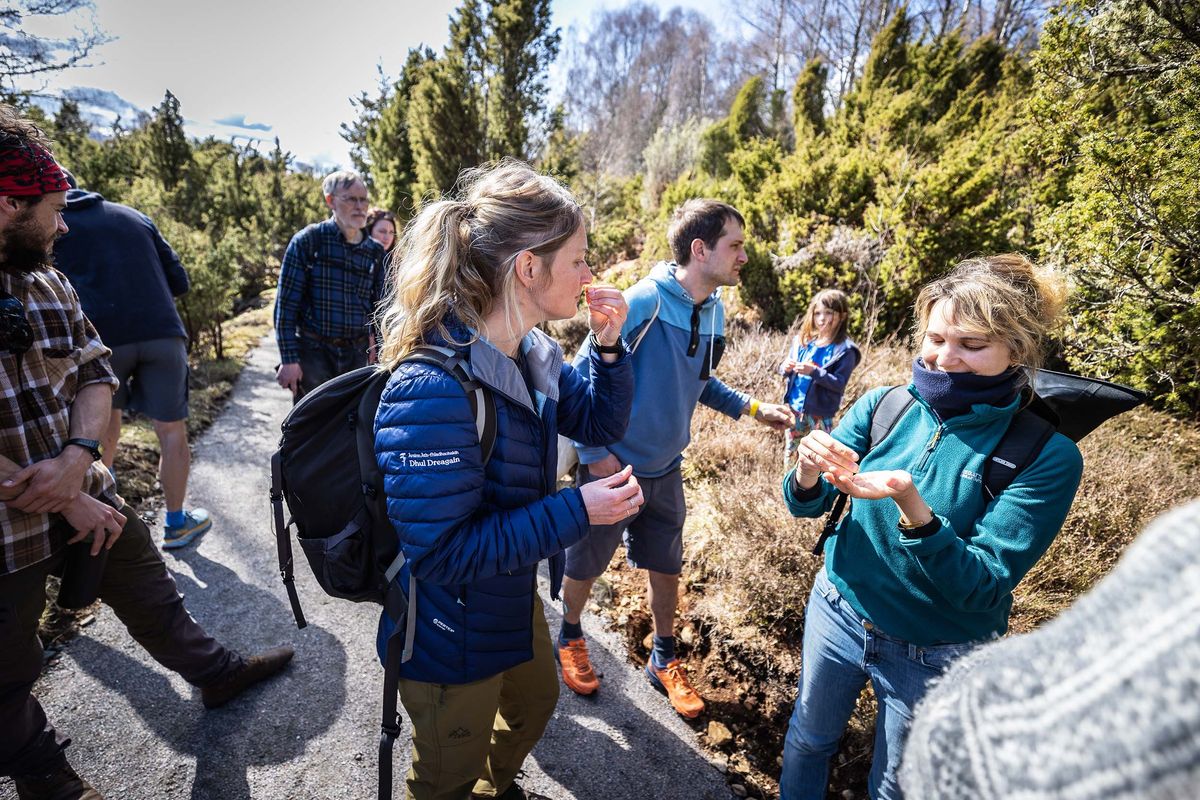
We’re now applying to a fund that is more open to innovative approaches like ours. Going forward, we want to try out different pre-treatments for the seeds, such as adding mycorrhizal fungi or seaweed bio-stimulant to the mixes.
But the big win would be to prove that drone-seeding can work as a method for woodland regeneration without the need for deer fencing. Deer densities across Scotland are so high that planting and natural regeneration projects often have to spend huge amounts of money on fences to keep the animals out. The country keeps missing annual forest creation targets, and fencing costs are a big part of that. At Dubh Allt, we chose not to put in any fencing, and our seedlings are still thriving. Direct-seeding lets new trees establish root networks that may make them more resilient to being nibbled on. The pioneer species we included in our mix are also less tasty to the deer compared to the species that tend to be planted out, like oak. That’s why I’d advise any rewilder to avoid underestimating the usefulness of scrubby pioneer trees in restoration efforts. They provide shelter, microhabitats, and improve the soil, ensuring that the resilience and health of a new woodland will be stronger in the long run.
As for drone-seeding, I think it would be perfect for many kinds of native woodland rewilding sites, and even for agroforestry. It’s quicker and cheaper than standard planting, and much quicker than natural regeneration. It’s an optimal middle ground. It works.”
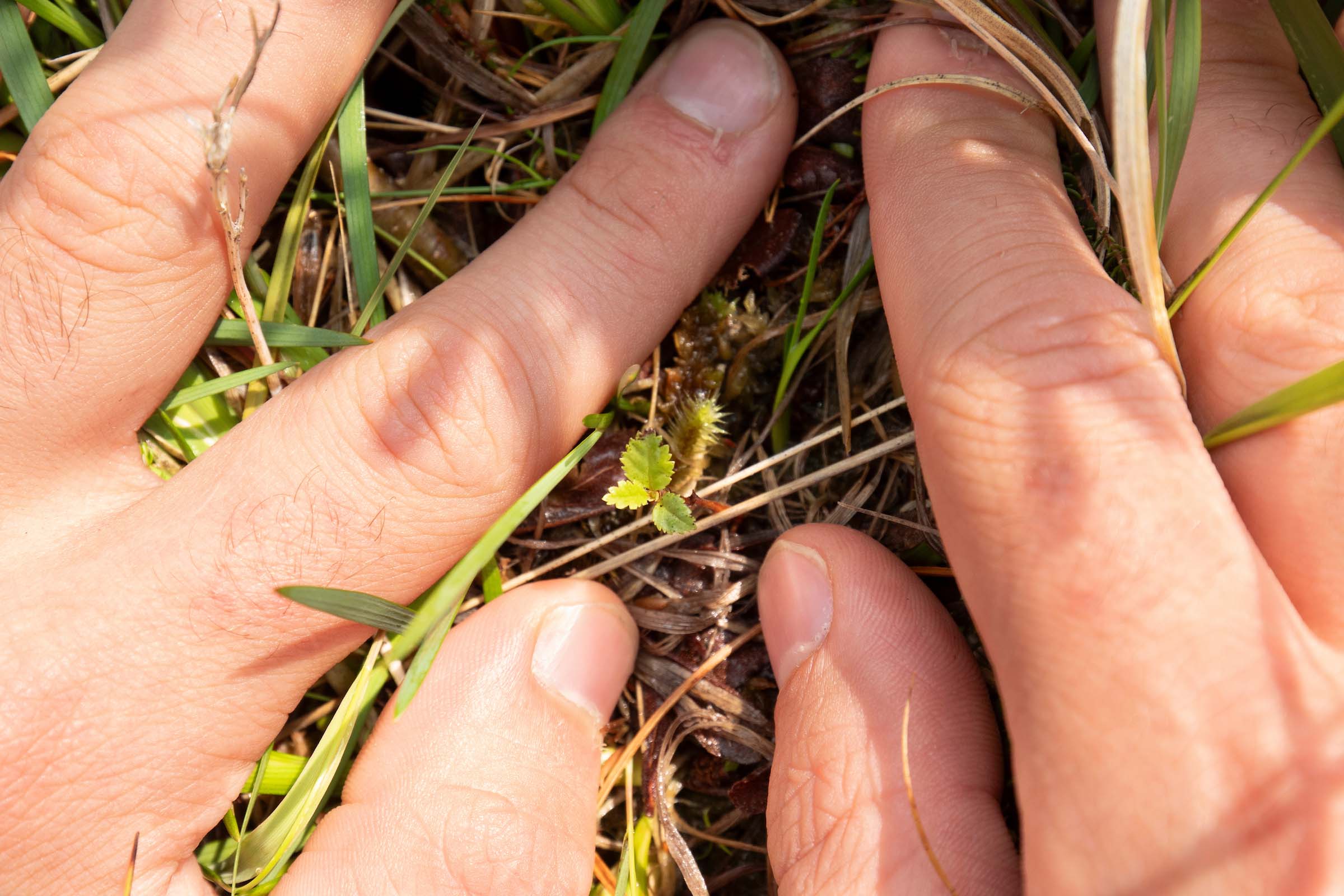


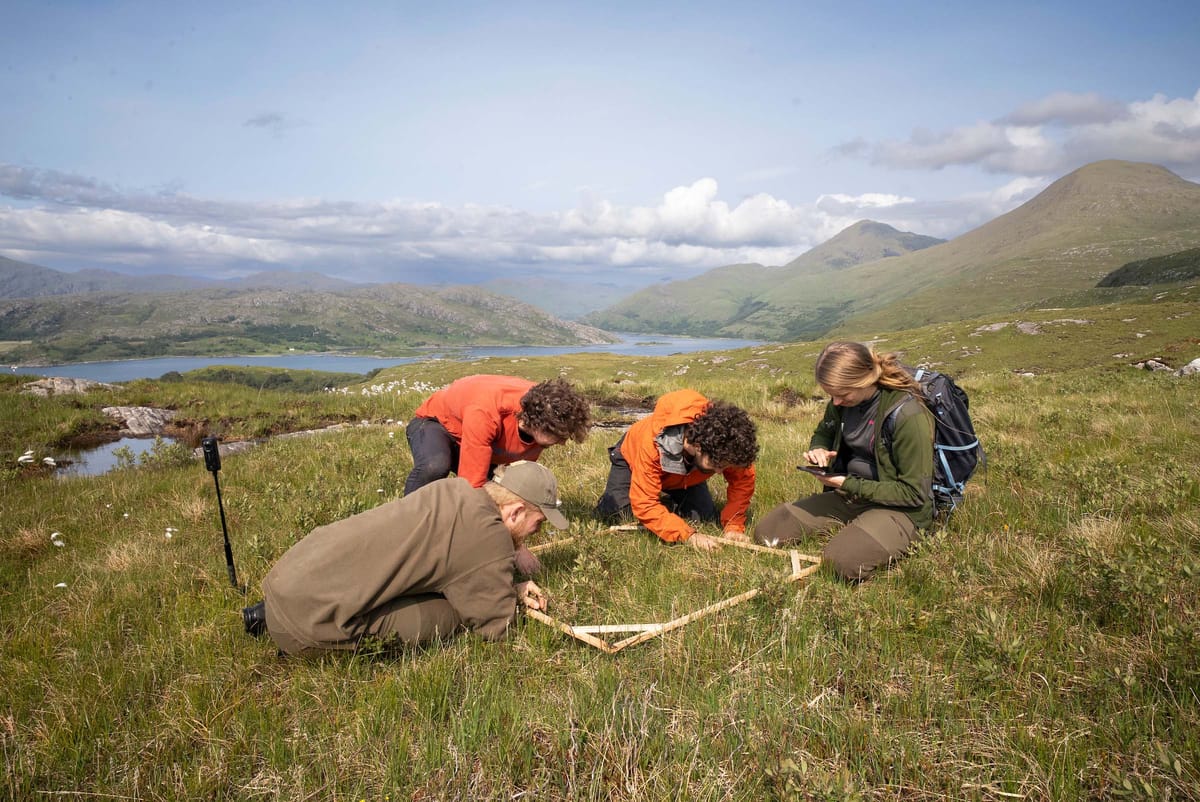


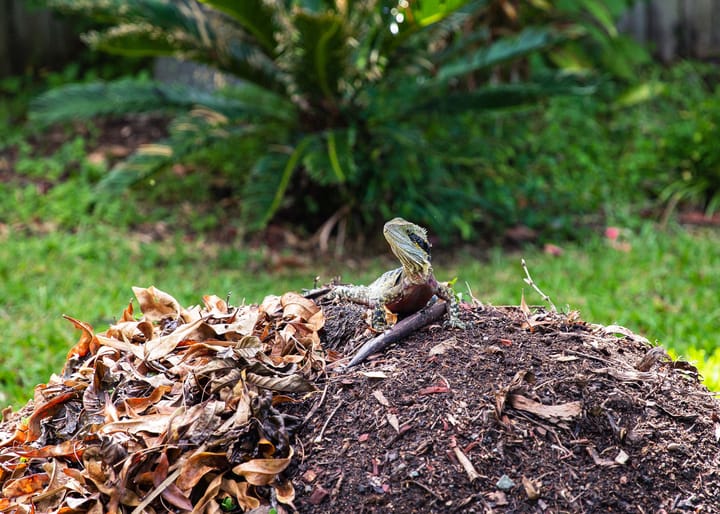
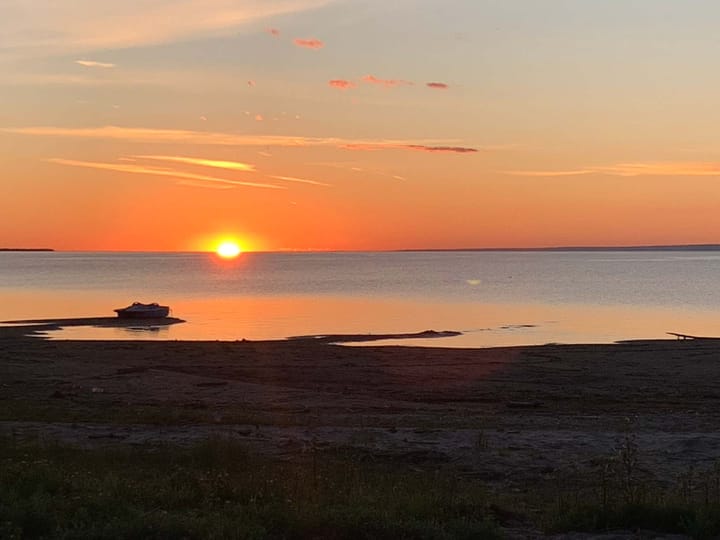

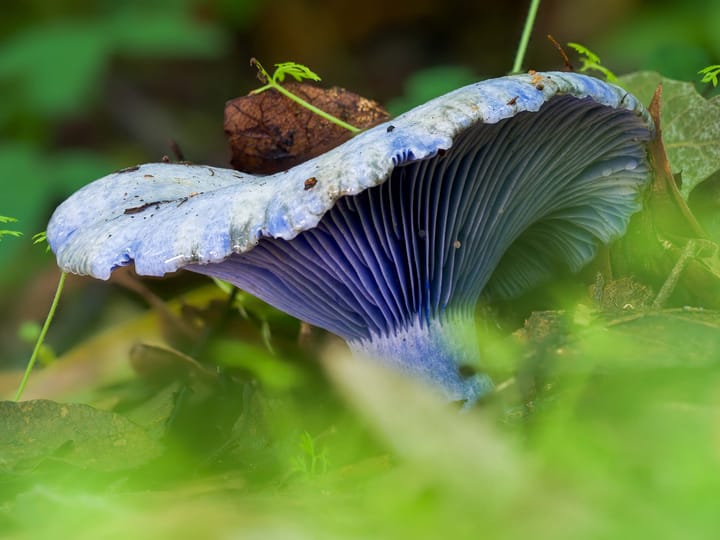

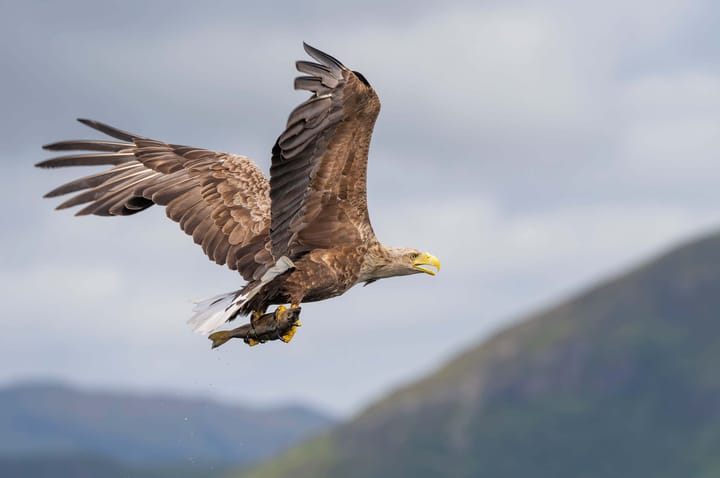
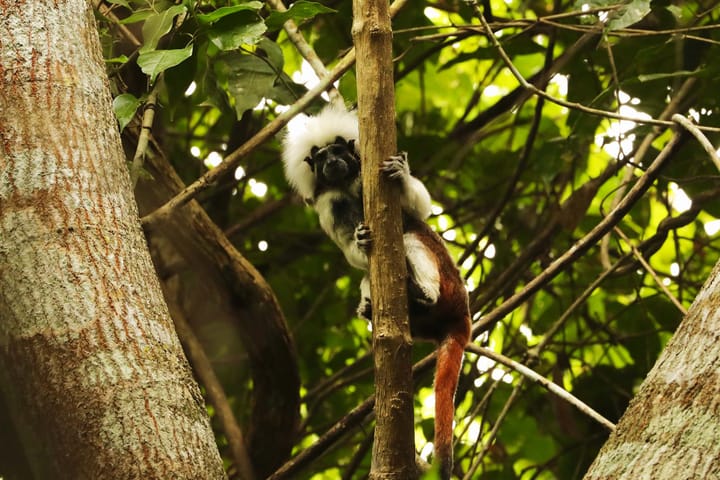
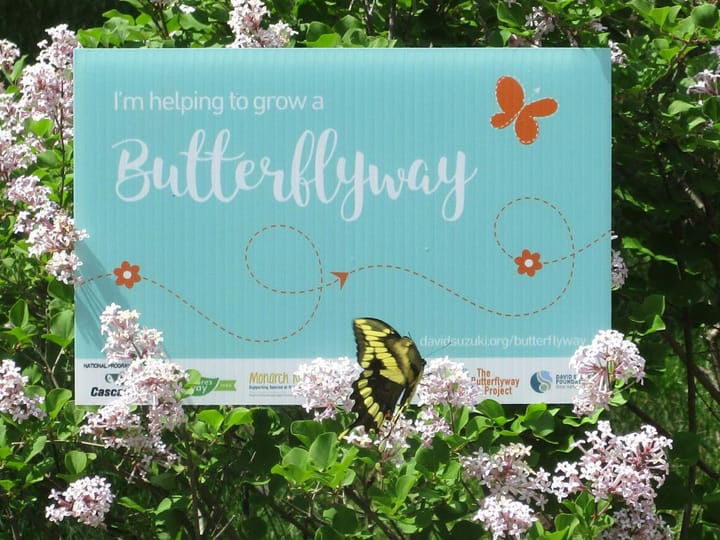

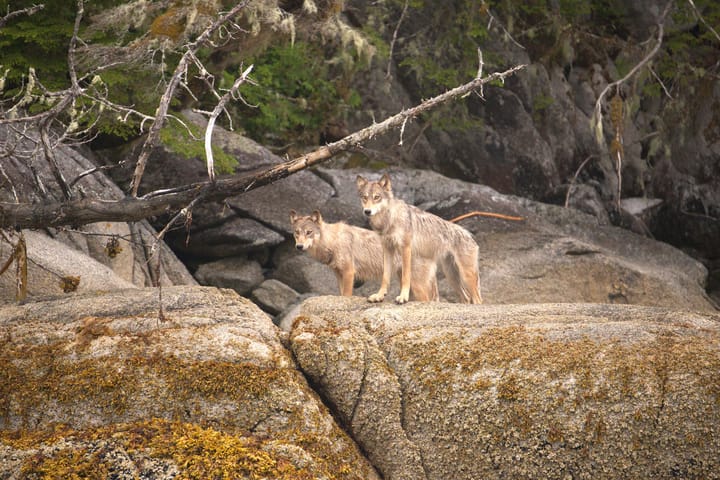
Comments ()